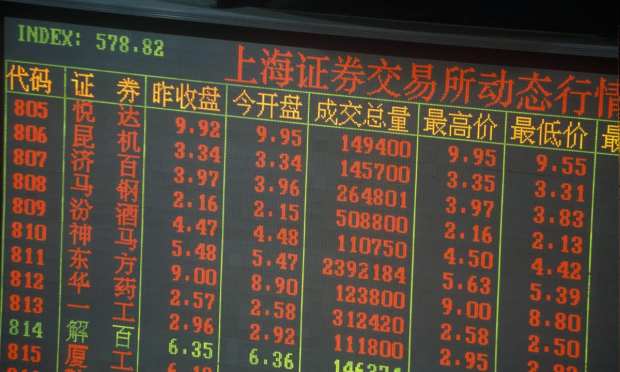Chinese Firms Sprint Toward IPO Finish Line Amid Ant’s Record Filing

Ant Group’s filing of an estimated $34.5 billion record IPO is running parallel to a stampede of Chinese firms racing to file globally, according to a CNBC report on Tuesday (Oct. 27).
Chinese companies are seeing the potential for profit at the cross-section of the worldwide pandemic and political tensions. Ant Group is planning to list on the Hong Kong and Shanghai exchanges simultaneously, the first company to do so.
During the first three quarters of 2020, Shanghai was the top IPO market, accounting for 180 global public listings, or one-fifth of all IPOs filed during that time period, according to an Ernst & Young (EY) report, per CNBC. Nasdaq is second behind Shanghai with 119 filings.
The report also indicates that there were 115 IPOs in Shenzhen and 99 in Hong Kong, giving the greater China a 45% share of total global listings in the nine months of 2020.
When Chinese FinTech Lufax announced plans to file for an estimated $2.36 billion listing on the New York Stock Exchange, it was one of 23 companies from mainland China to go public in the U.S., EY said. More than 290 companies have listed in Shanghai and Shenzhen in 2020, more than the 200 filings in all of 2019.
“The IPO rush (of the) last few months is a flight from uncertainty,” Winston Ma, co-author of the forthcoming book “The Hunt for Unicorns: How Sovereign Funds Are Reshaping Investment in the Digital Economy,” told CNBC. Ma is also the former managing director and head of the sovereign wealth fund North America for China Investment Corporation (CIC).
Chinese companies are still looking to the U.S. market, Ma said, but blacklist fears are giving institutional investors and the investment banks cold feet, and those groups run the global IPO process.
“No Chinese company, especially the tech startups, can say with certainty that they are spared (in) this US-China digital war,” he said.
Chinese companies are also rushing to file ahead of proposed Trump Administration rules that would require greater transparency of accounting records and audits.
